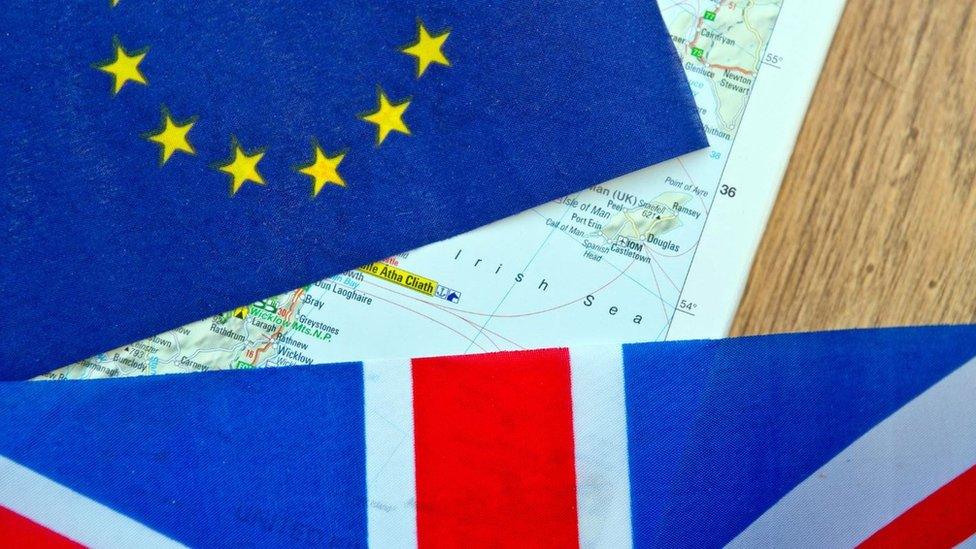Brexit: Post-trade deal jigsaw picture still to emerge for NI
- Published
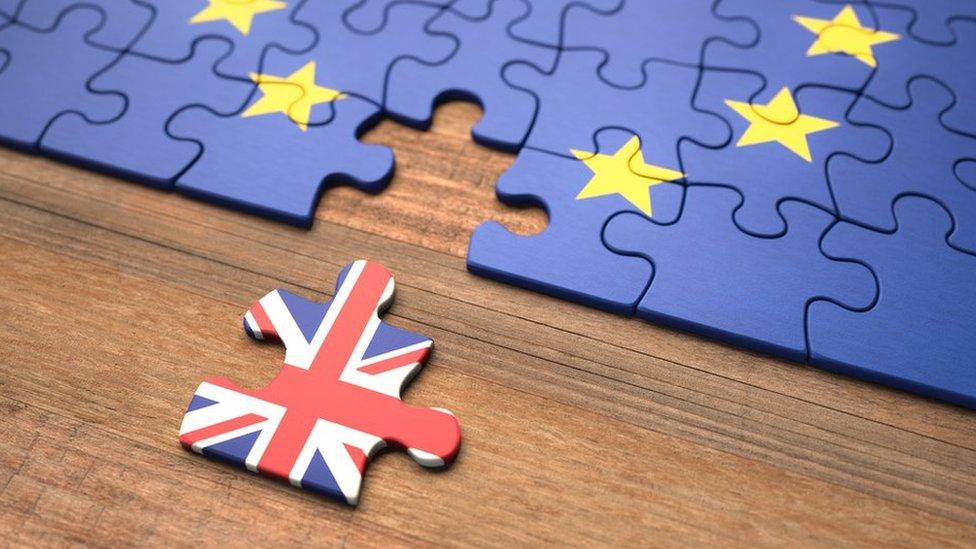
Strap yourself in, this could get bumpy.
A new year, a new regulatory border and a new political reality.
All seasoned with the same old Stormont strains.
For unionists, it has been a painful start to what was to be a year of celebration.
One hundred years after its formation, Northern Ireland has moved a little closer to Dublin and a little further from London.
Northern Ireland has joined the Republic of Ireland in the Brussels bubble, staying in the EU single market for goods and following the same customs rules.
While the rest of the UK has become a little more distant.
And all with the support of more than 350 MPs from the Conservative and Unionist party.
Former NI Secretary of State Owen Patterson felt "torn" over his unionist credentials and abstained.
DUP's super-fast transition
While Sinn Féin and the SDLP hope we have moved from one transition period into another, which they believe could ultimately lead to Irish unity.
But how will it play out from here?
The DUP appear to have completed their own super-fast transition.
No more talk of their "unionism being diminished" now Sammy Wilson is just a "disappointed Brexiteer".
The East Antrim MP, DUP leader and First Minister Arlene Foster, Agriculture Minister Edwin Poots and East Londonderry MP Gregory Campbell are talking up the opportunities of the new arrangements.
The very opportunities - the best of both worlds - which the party rubbished before the final deal was struck and when others were arguing for Northern Ireland to have special status.
But if Northern Ireland does cash in on being a gateway between the EU and UK, and that is still a big if, then that - in the DUP calculation - might dampen any demand for Irish unity.
Particularly among those who reject the tags British or Irish and consider themselves Northern Irish - people who could be crucial in any future border poll.
According to the last census nearly 10 years ago, 21% of people in NI fell into that category - slightly less than the 25% who described themselves as Irish, while 40% at the time had a British-only national identity.
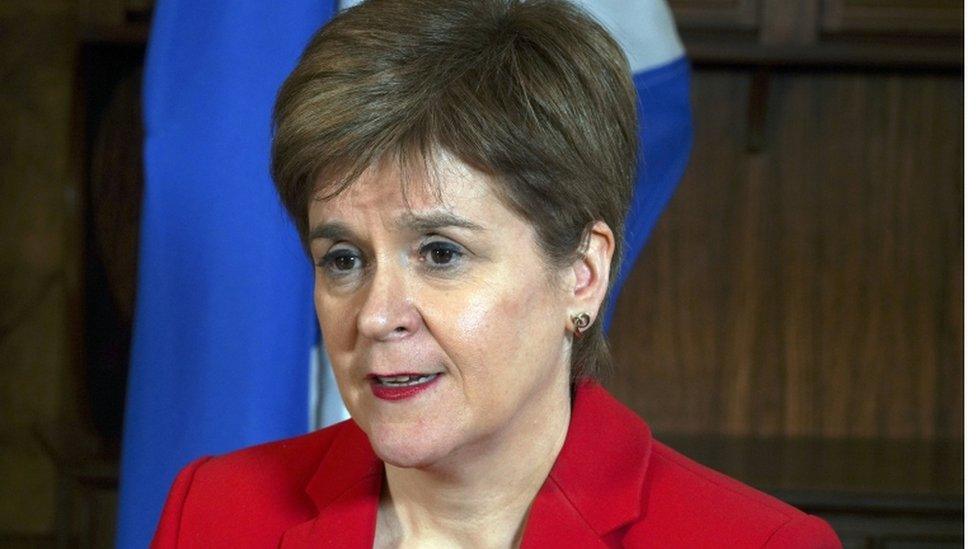
Scottish First Minister Nicola Sturgeon has told Brussels to "leave a light on"
We won't have to wait too long to discover if that pattern has changed, the next census is due this year.
But if we are to believe the Ulster Unionist leader Steve Aiken and find ourselves in the "worst of both worlds" - what then?
And what if Northern Ireland loses out in the crossfire if the deal between London and Brussels turns sour?
Might that reignite the demand, which was there in the 2016 referendum, to find a path back in to the EU?
'Hairline cracks'
That is already the chosen path of Scottish First Minister Nicola Sturgeon who has told Brussels to "leave a light on" as Scotland will return.
A path that will be helped this year if the SNP increase their number of seats in the Scottish Parliament election and then demand another independence referendum.
Brexit fractured relationships across the English Channel and the hairline cracks that flowed from it could just be as damaging closer to home.
The post-Brexit trade deal signed into law last week was both the final piece in an old jigsaw and the first piece in a new one.
How and where the other pieces fall into position will shape Northern Ireland's place in the future.
It is the connecting and interlocking relationships of being in one union, while tied to another, that will make up the new picture - we just can't see it yet.
Related topics
- Published1 January 2021
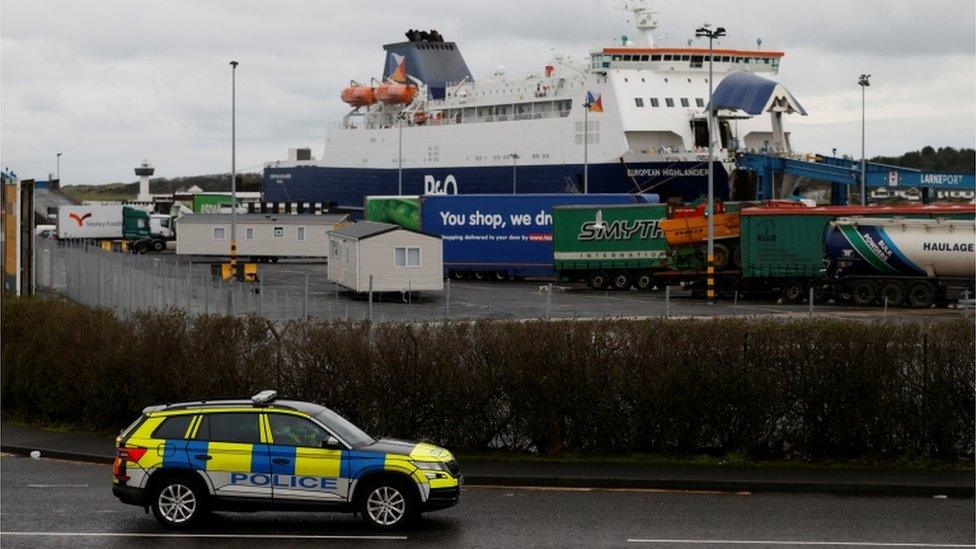
- Published30 December 2020
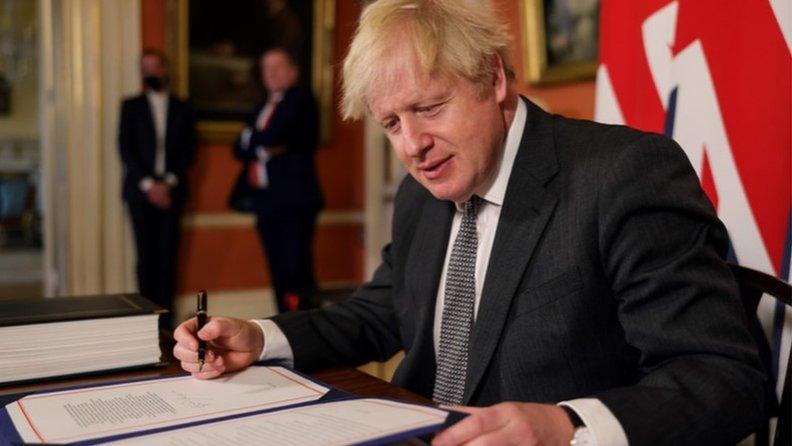
- Published31 December 2020

- Published30 December 2020
